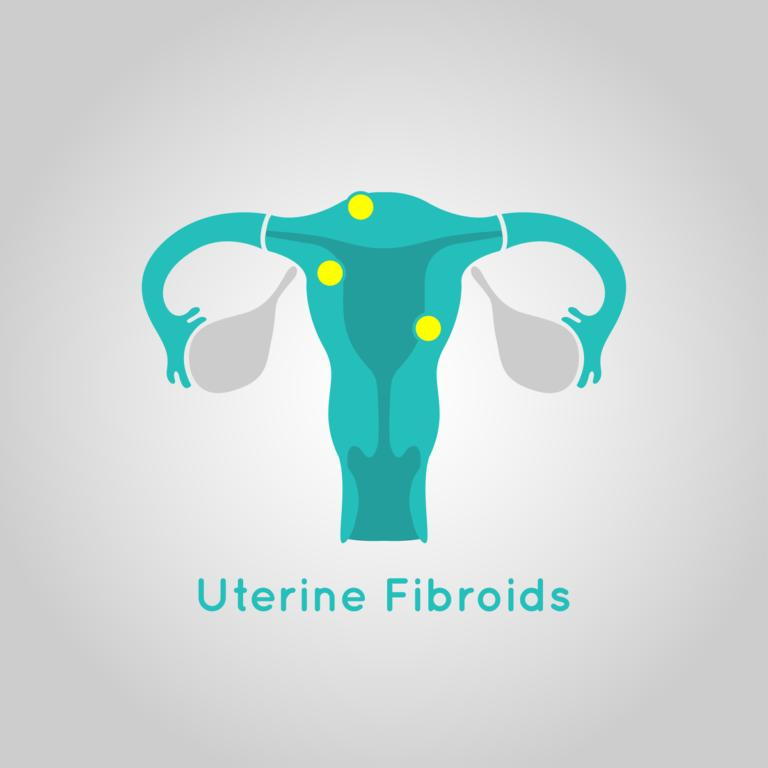Cramps, bloating, and back pain are never enjoyable and are struggles that many women know all too well. Although they don’t usually seem like cause for alarm, these could be symptoms of a more significant problem.
These symptoms can be an indication of a dangerous women’s health concern known as fibroid disease. Fibroid disease is an illness that affects up to 80 percent of women by the time they reach age 50, and nearly 30 percent of women before they turn 35.
Below, you’ll learn what you need to know about fibroid disease including what it is, how to tell if you have it, and the treatment options available to you.
Let’s begin.
What is Fibroid Disease?
Fibroid disease occurs when non-cancerous tumors, known as fibroids, form on the walls of the uterus. They can vary in severity and range in size from nearly microscopic to as large as a cantaloupe and may cause serious side-effects if untreated.
The cause of fibroids is not understood entirely, though the body’s hormones do seem to play a part in the growth development of the tumors. Although the tumors themselves do not pose a significant health threat, they can cause other serious health problems including anemia.
How do I tell if I have Uterine Fibroids?

Symptoms of uterine fibroids vary from woman to woman and depend on the size, number, and location of the tumors. Some women who have fibroids may not experience symptoms at all, while others may feel minor pains and discomfort that don’t seem cause for alarm.
Common symptoms of uterine fibroids include:
- Long menstrual period
- Heavy bleeding during period
- Abdominal pain
- Distended stomach or bloating
- Leg pain or back pain
- Cramping
- Constipation
- Anemia
- Incontinence or frequent urination
- Pain during sexual intercourse
- Reproductive difficulties
If you experience irregularities related to these symptoms, it may be time to call a doctor to make sure it doesn’t develop into something more severe.
Is it treatable?
Yes and no.
While there is no simple cure for uterine fibroids, there are steps that can be taken to minimize discomfort from the symptoms and shrink the size of the tumors. The various options available to you are:
Observation
While this may be the least proactive measure, many women nearing their 40’s and 50’s are encouraged to wait and see if their tumors shrink at menopause. Because fibroid growth relies on hormone production in the body, the onset of menopause can cause tumors to shrink naturally.
Medication
No medication will directly shrink fibroids, but for women who experience back pain, severe menstrual cramping, and other discomfort, medication can help alleviate pain and discomfort.
Hormone Therapy
Hormone therapy is an option that can provide temporary relief to patients. It can shrink the tumors and alleviate symptoms, although when the treatments end and your hormone levels return to normal, the tumors will grow back.
Uterine Fibroid Embolization (UFE)
One of the most-effective procedures for shrinking uterine tumors is uterine fibroid embolization or UFE. This non-surgical treatment is minimally invasive and works by cutting off blood flow to the tumors, causing them to shrink. The experienced doctors at the PA Vascular Institute specialize in uterine fibroid embolization for people near Lehigh Valley, PA, and Philadelphia.
Surgical Options
There are various surgical options to remove uterine tumors. Laparoscopic uterine artery ligation or LUAL, endometrial ablation, myomectomy, and hysterectomy are all possible fibroid surgeries. They do come with risks, so be sure to speak with your doctor about other non-invasive options before resorting to surgery.
So what do I do now?
Now that you understand what fibroid disease is and how it can present itself, you can take action to avoid serious complications. Talk to your doctor if you experience any unusual symptoms including abnormally severe cramping, pains, or menstrual bleeding.
For more information on fibroid disease and treatment options, contact the experts at PA Vascular Institute today at 800-614-7294 to learn more.
The PA Vascular Institute also deals with a variety of vascular and non-vascular health problems including vertebroplasty for people in Lehigh Valley, PA, and many others. Please browse our website for more information.
